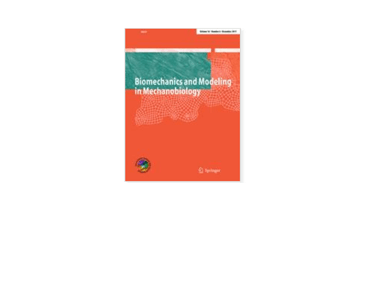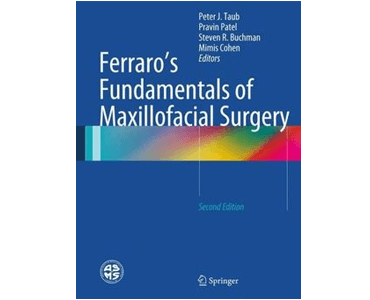An eFTD-VP framework for efficiently generating patient-specific anatomically detailed facial soft tissue FE mesh for craniomaxillofacial surgery simulation. X Zhang, D Kim, S Shen, et al.
Date: October 2017. Source: Biomechanics and Modeling in Mechanobiology, pp 1–16, https://doi.org/10.1007/s10237-017-0967-6. Abstract: Accurate surgical planning and prediction of craniomaxillofacial surgery outcome requires simulation of soft tissue changes following osteotomy. This can only be achieved by using an anatomically detailed facial soft tissue model. The current state-of-the-art of model generation is not appropriate to clinical…




